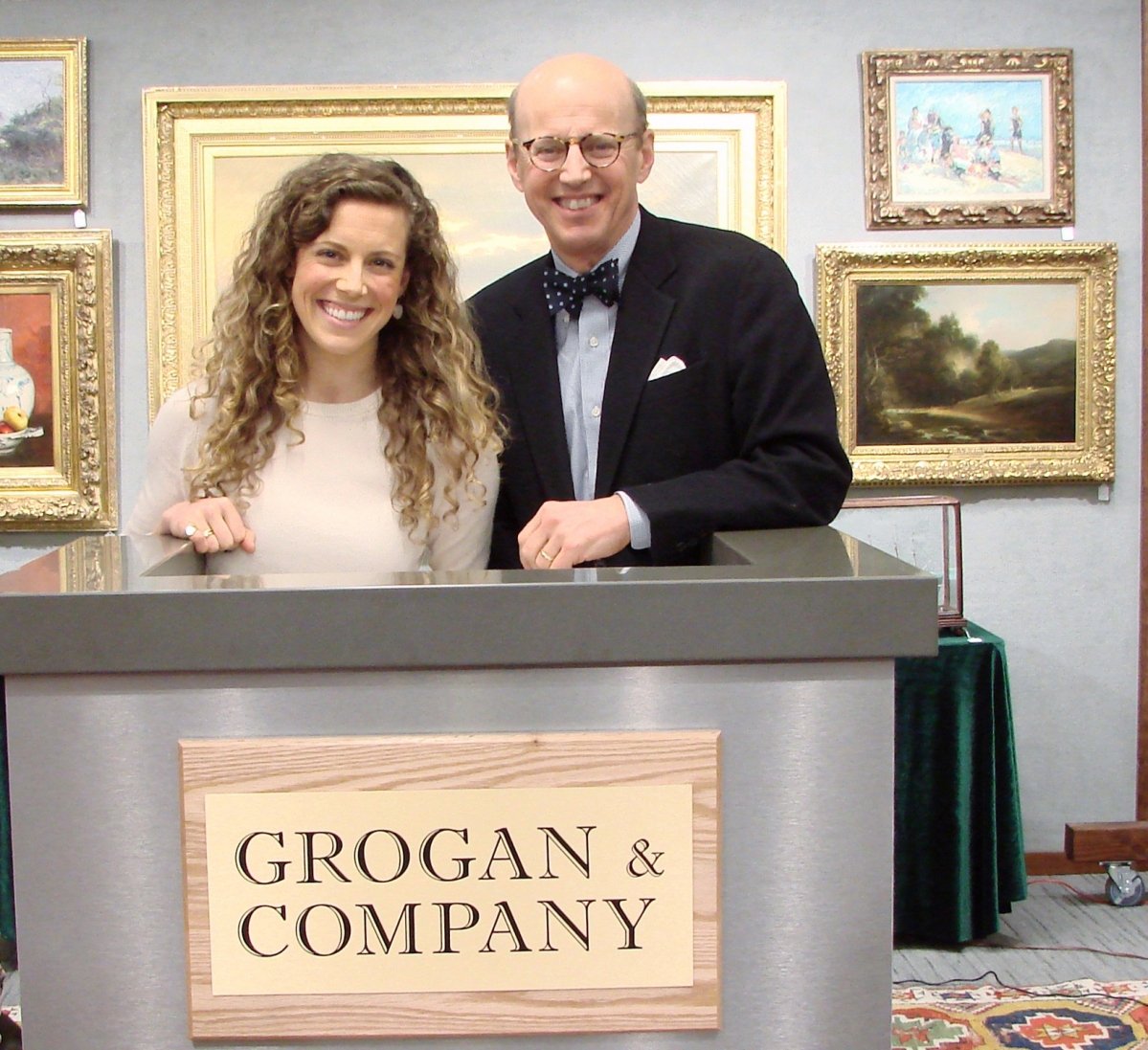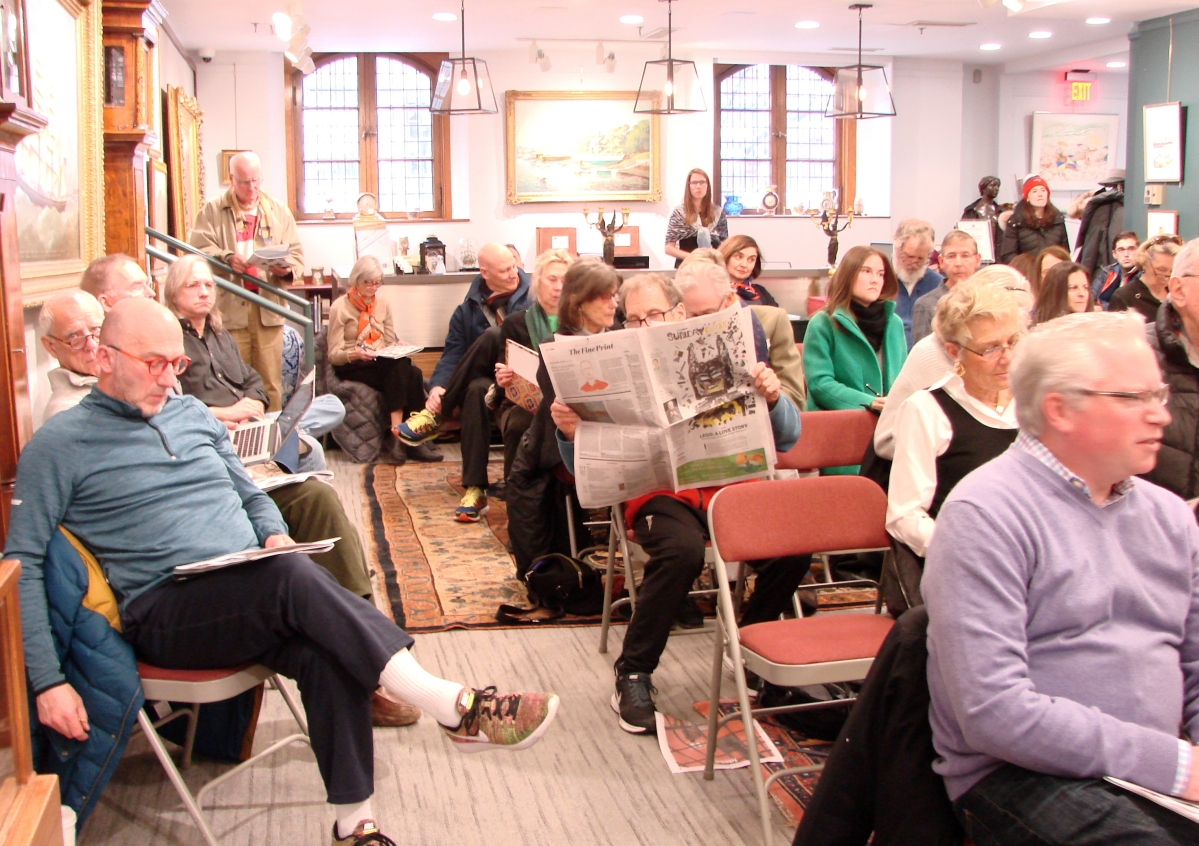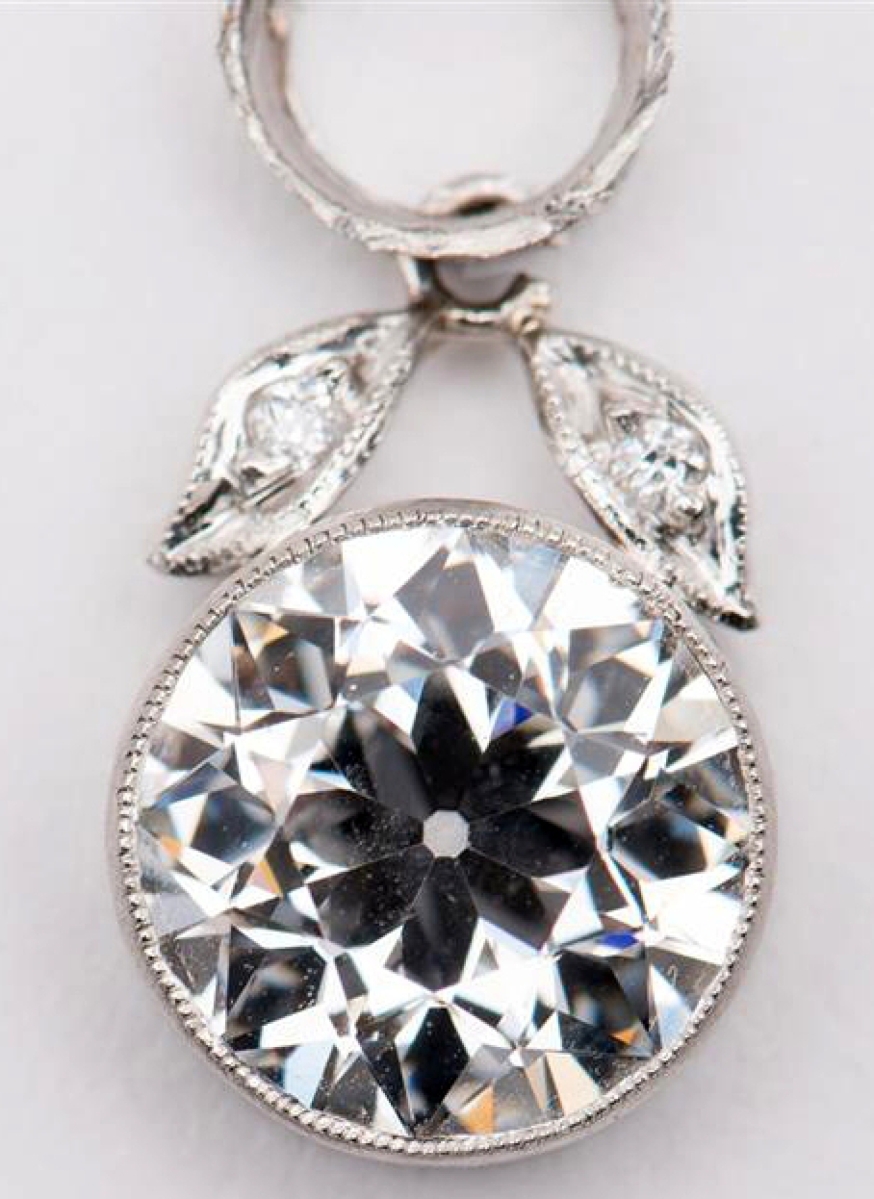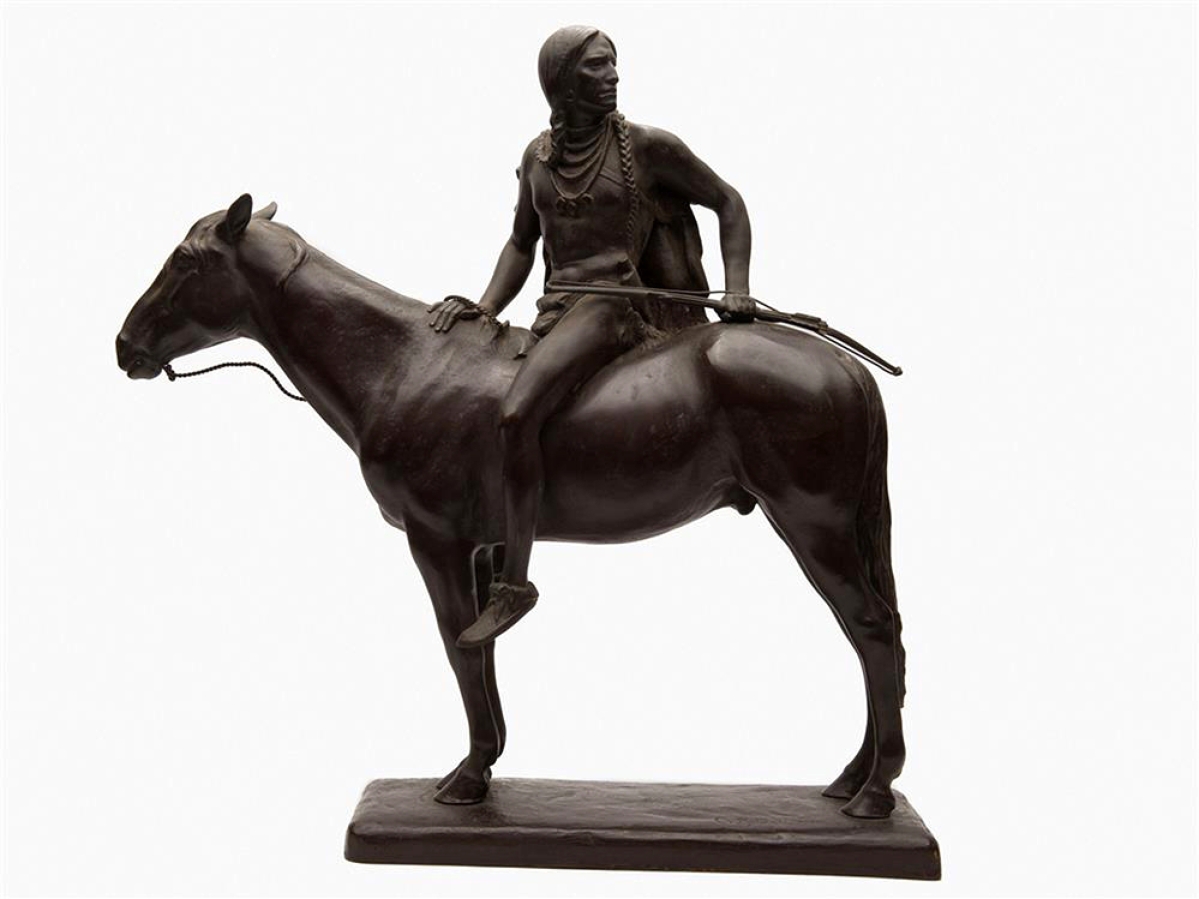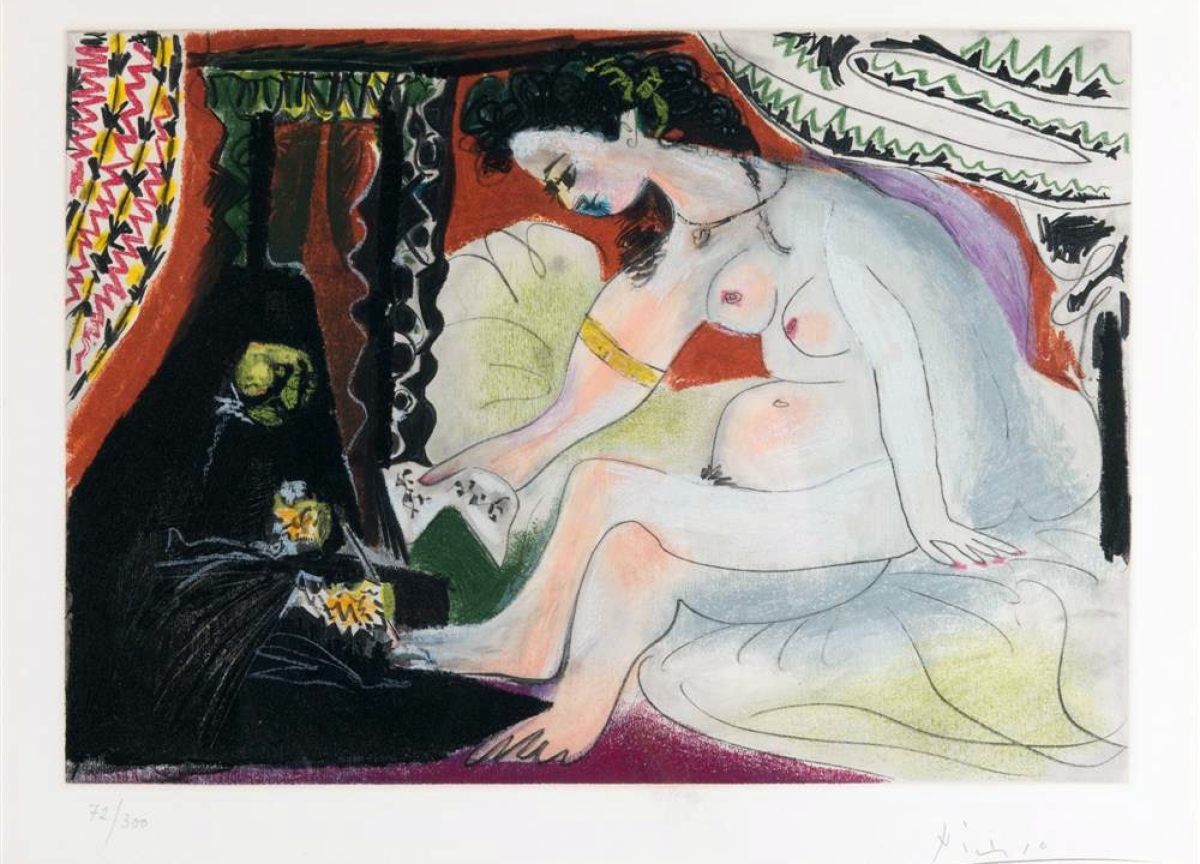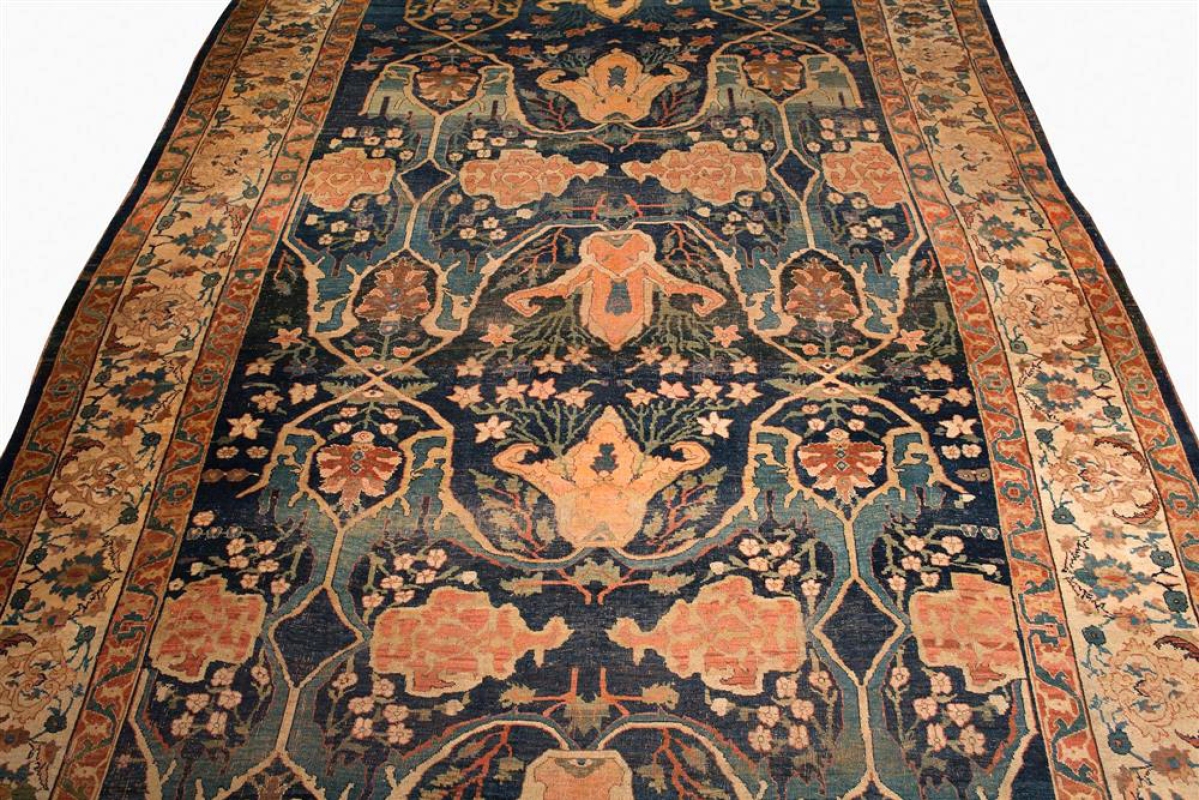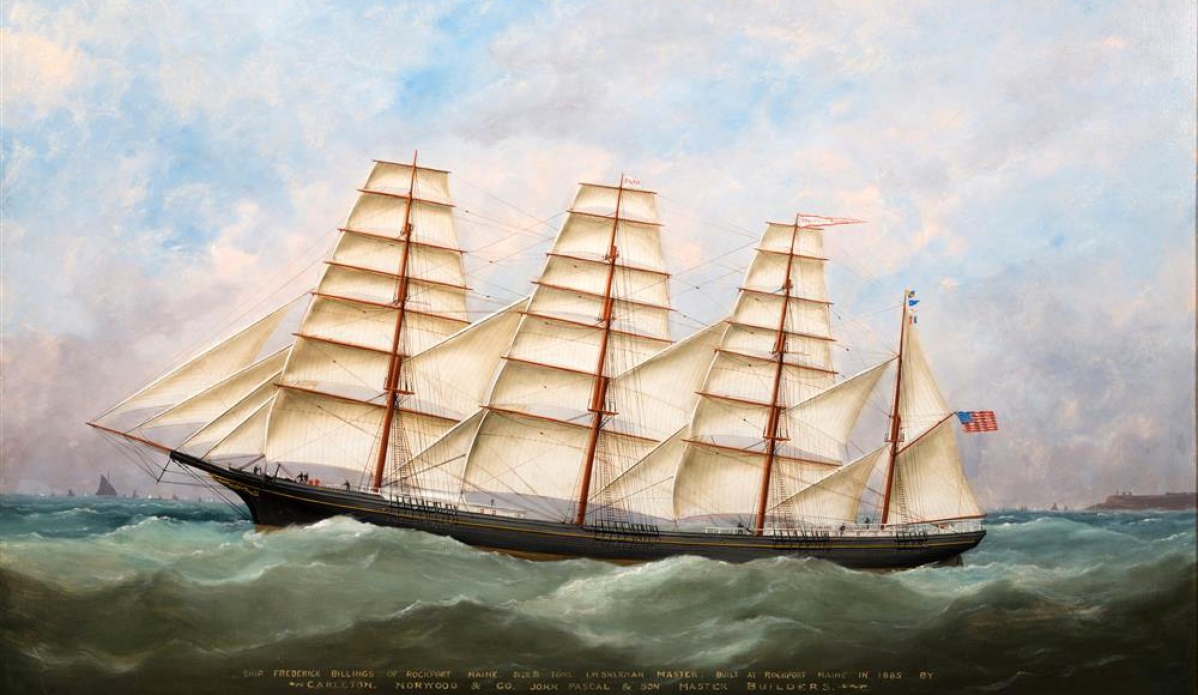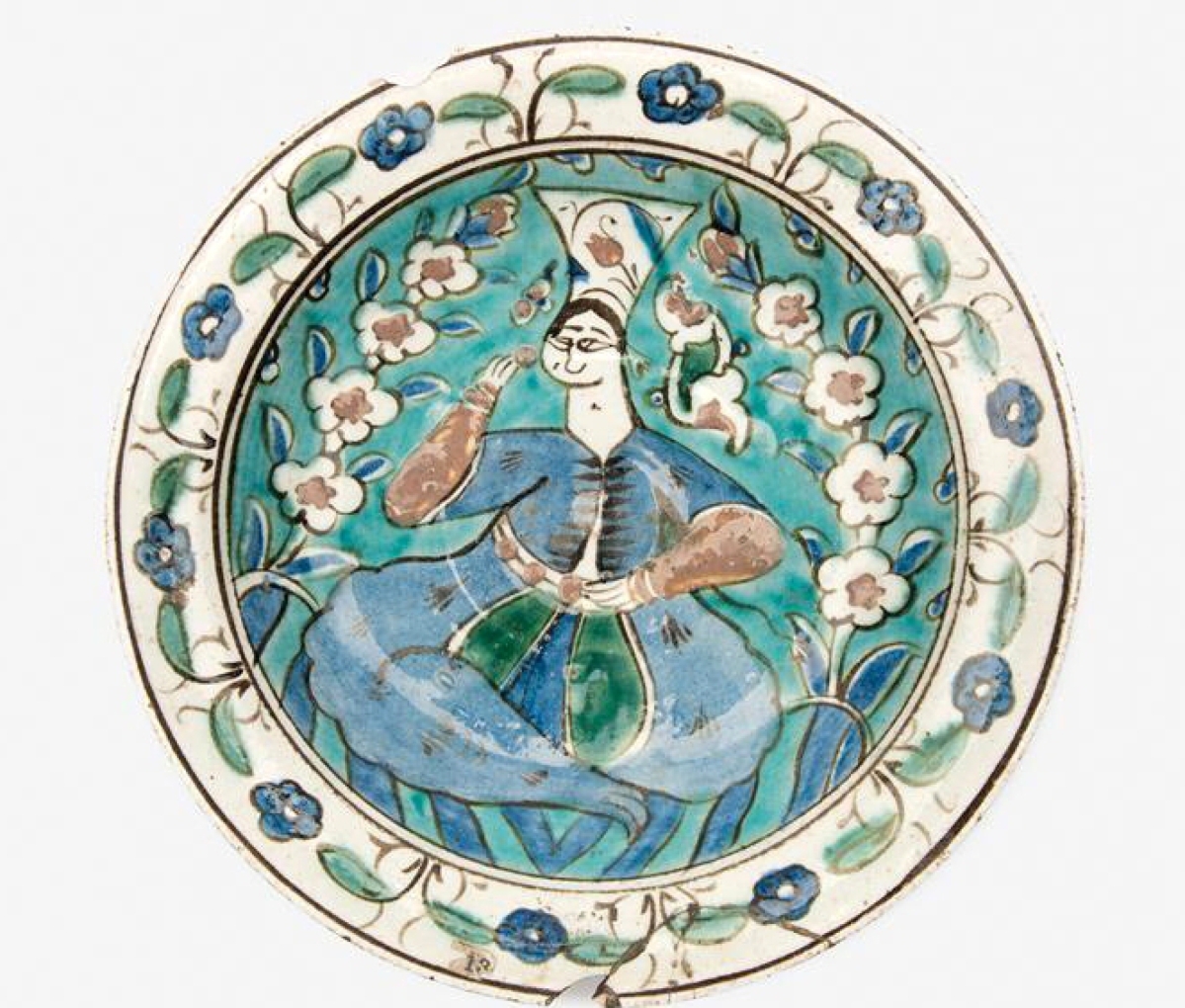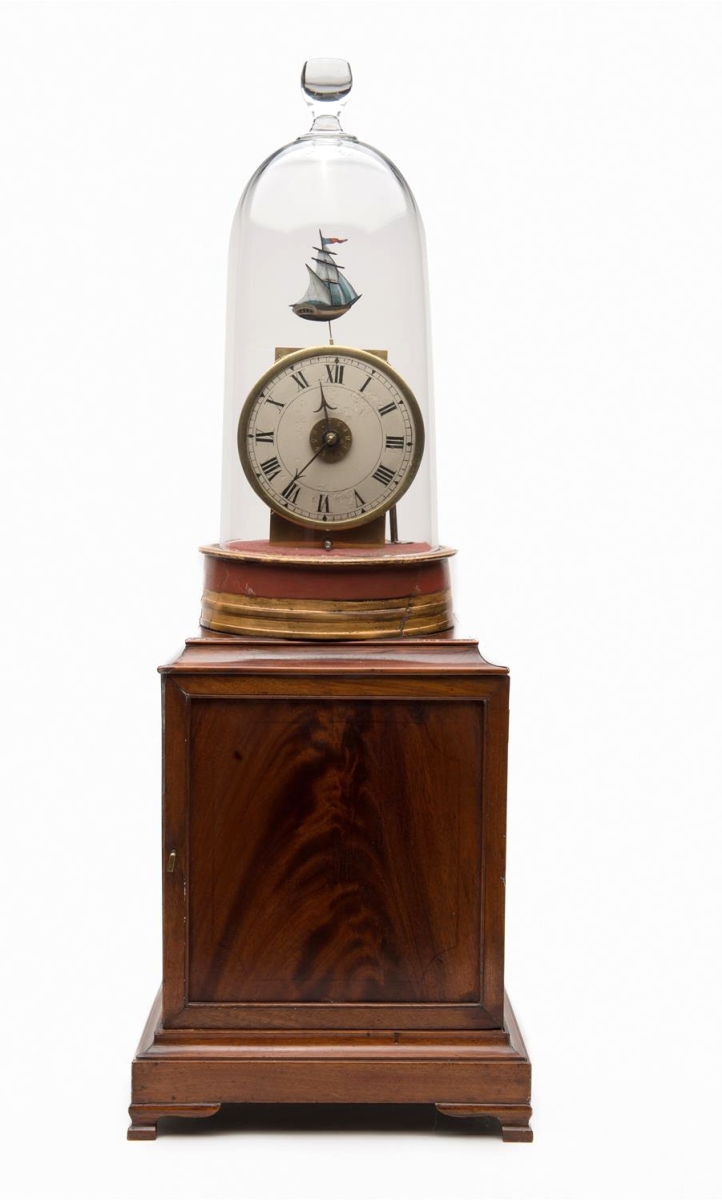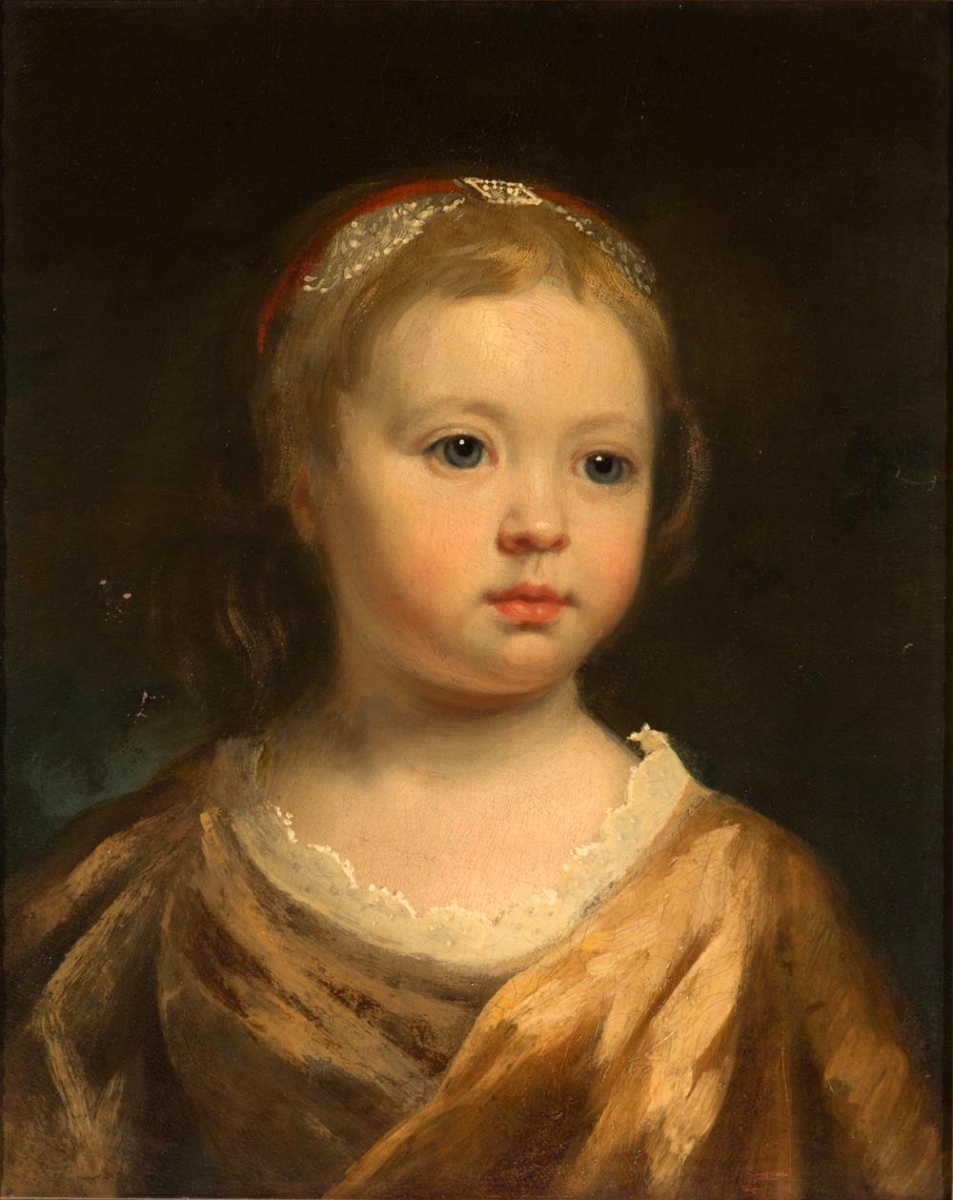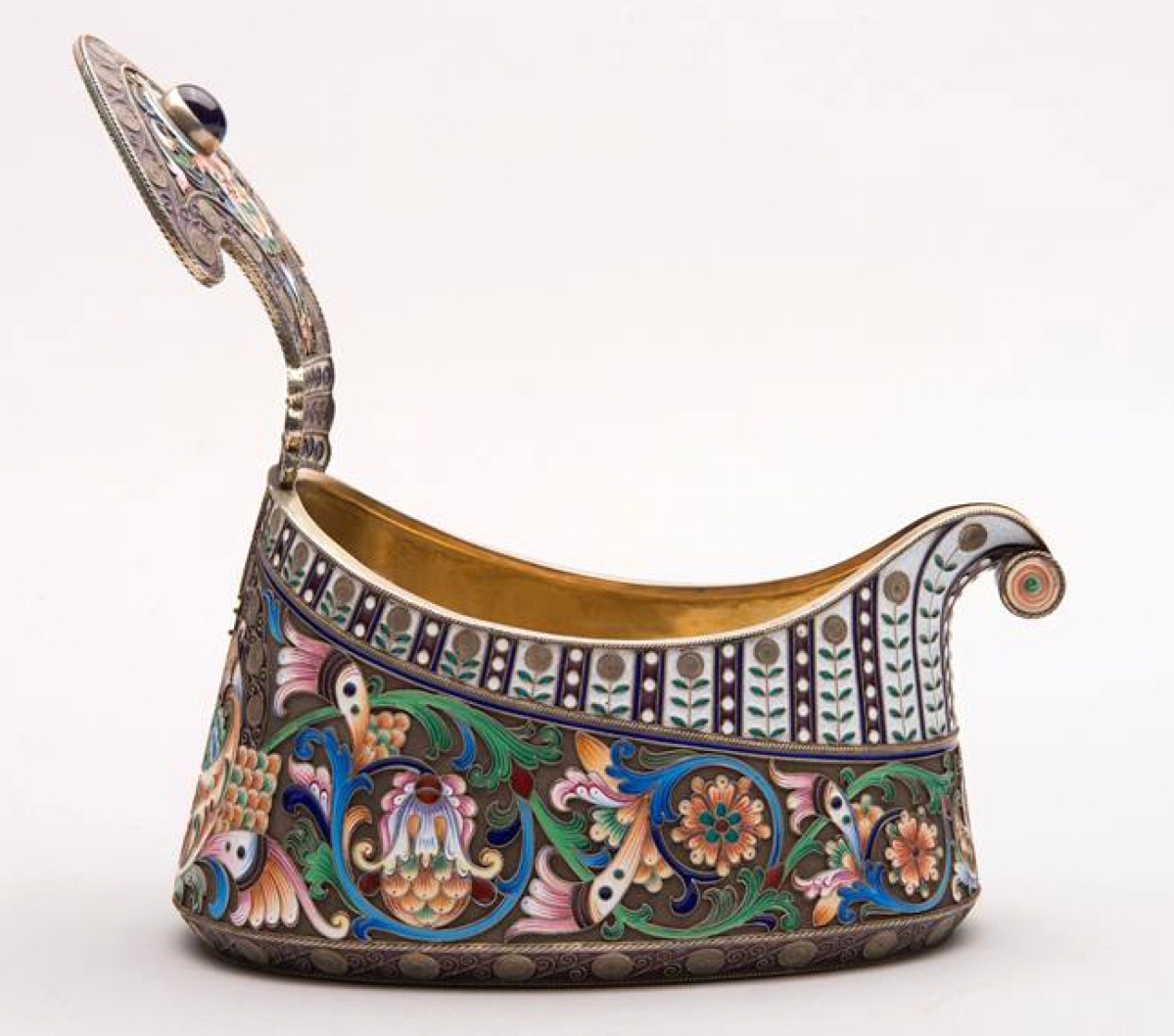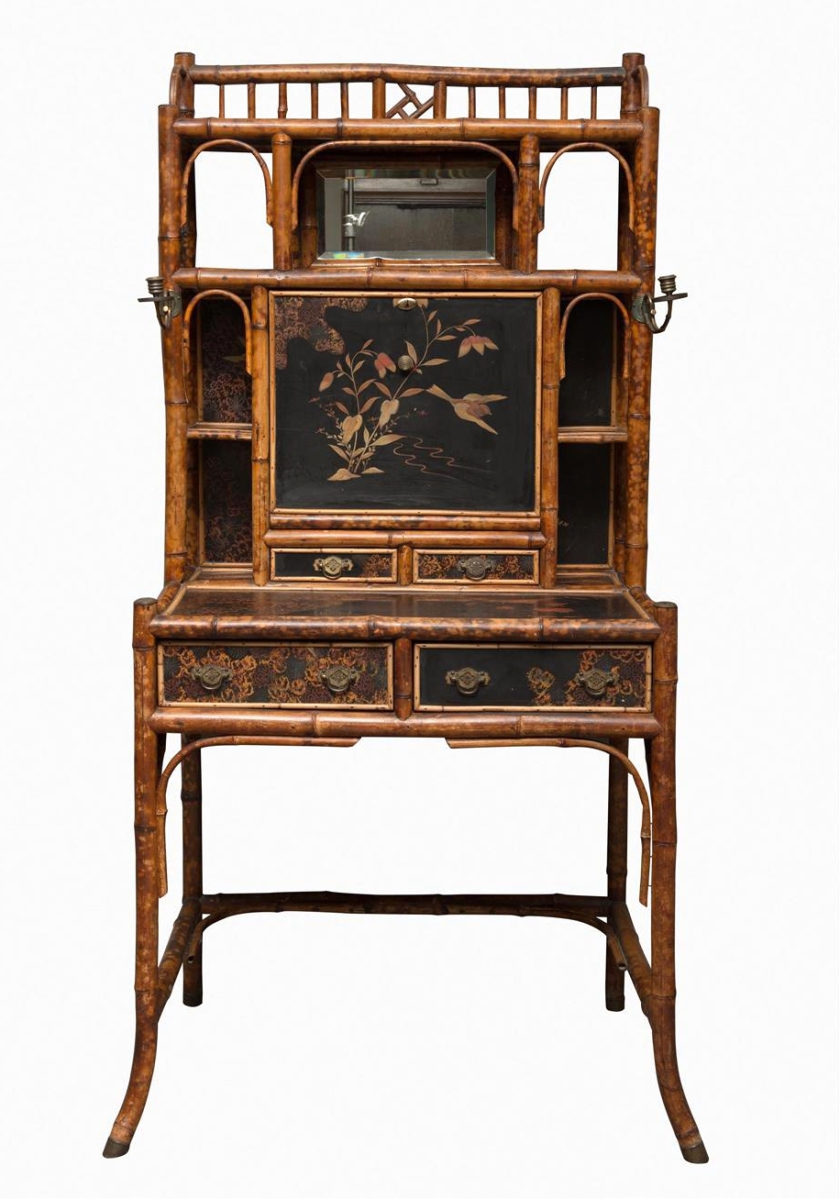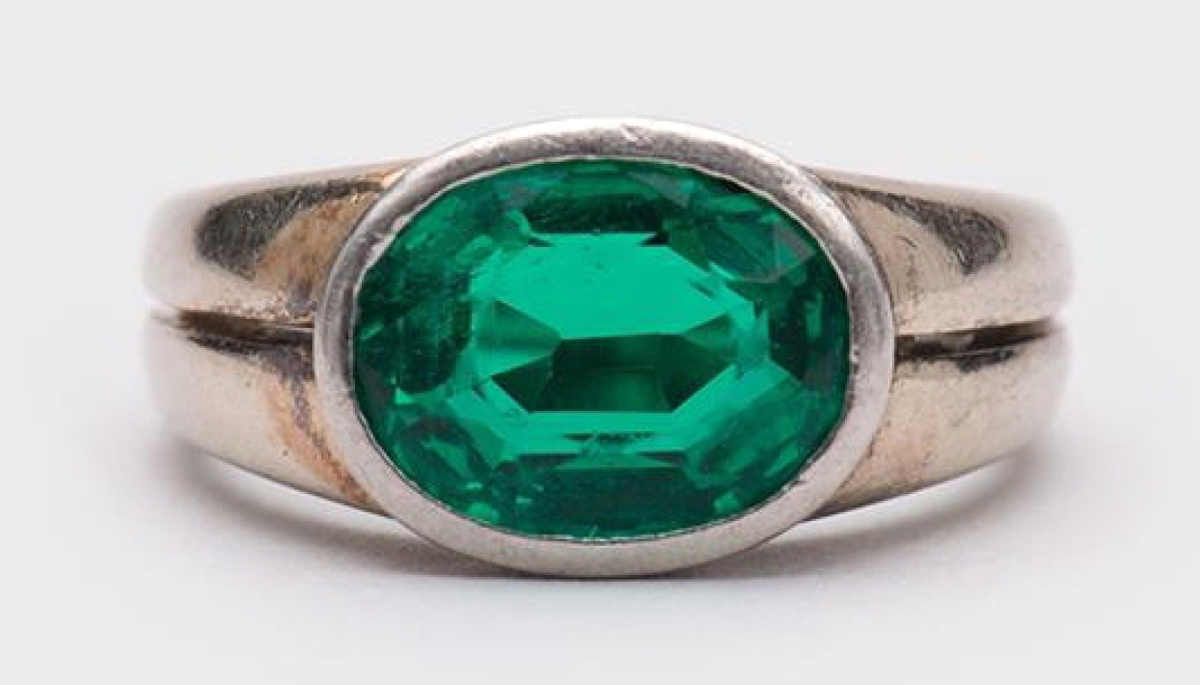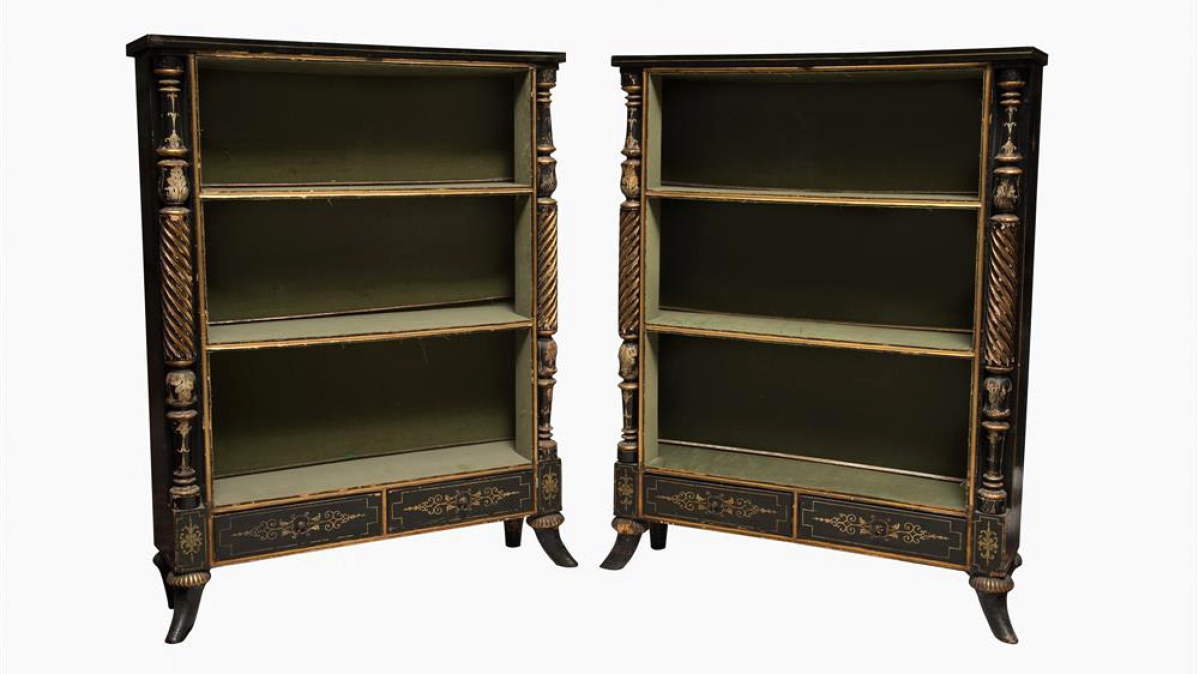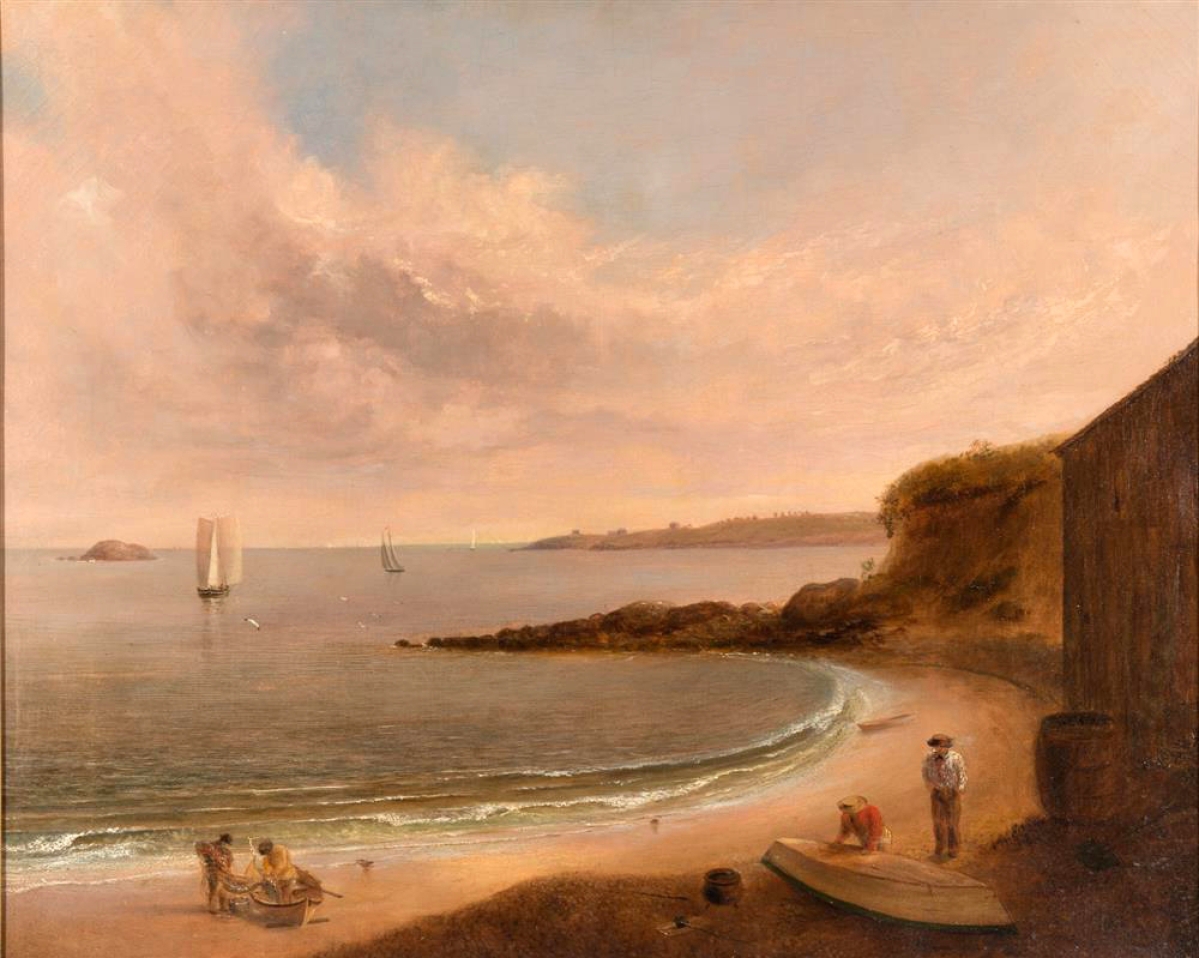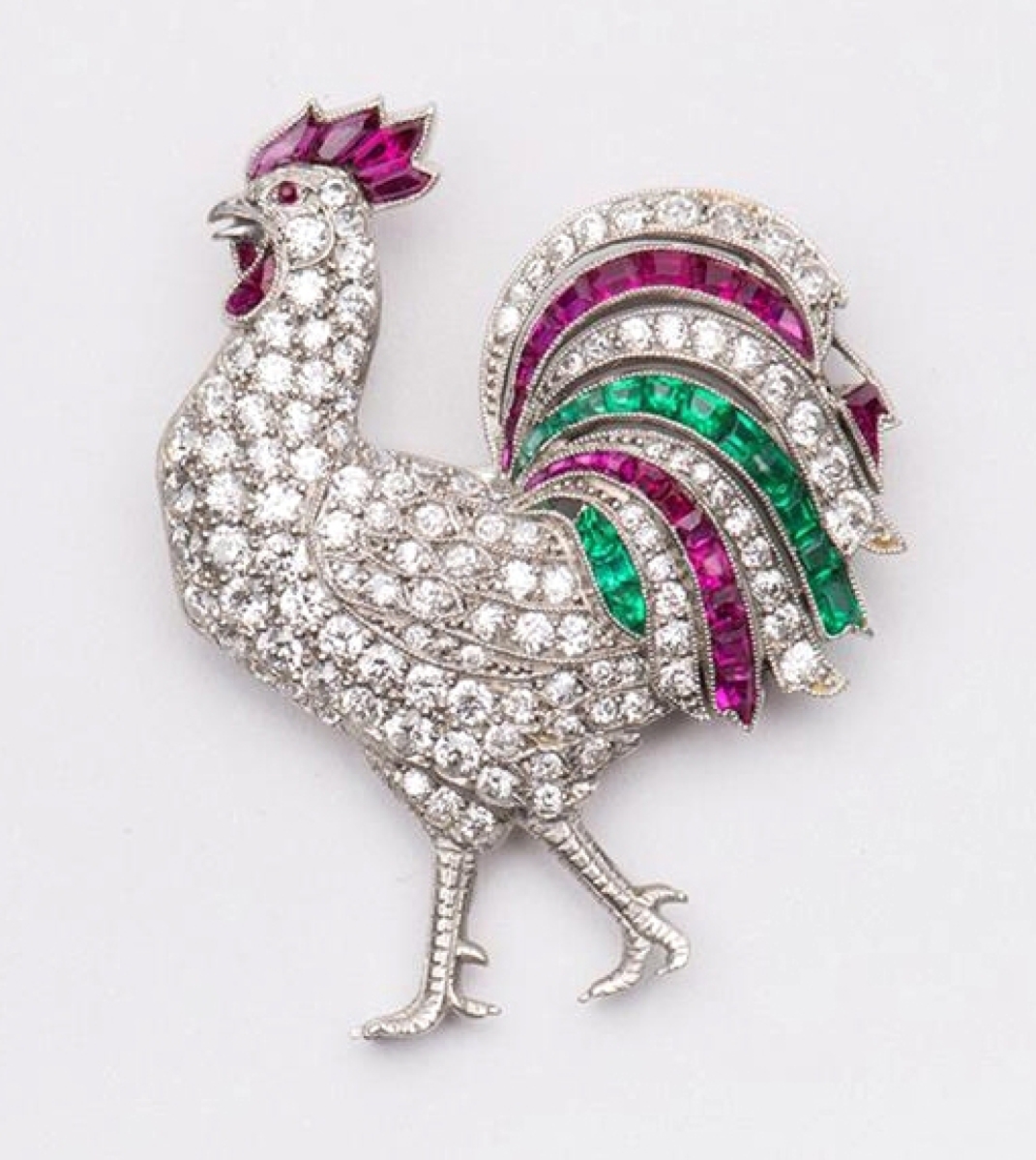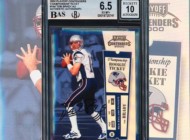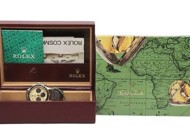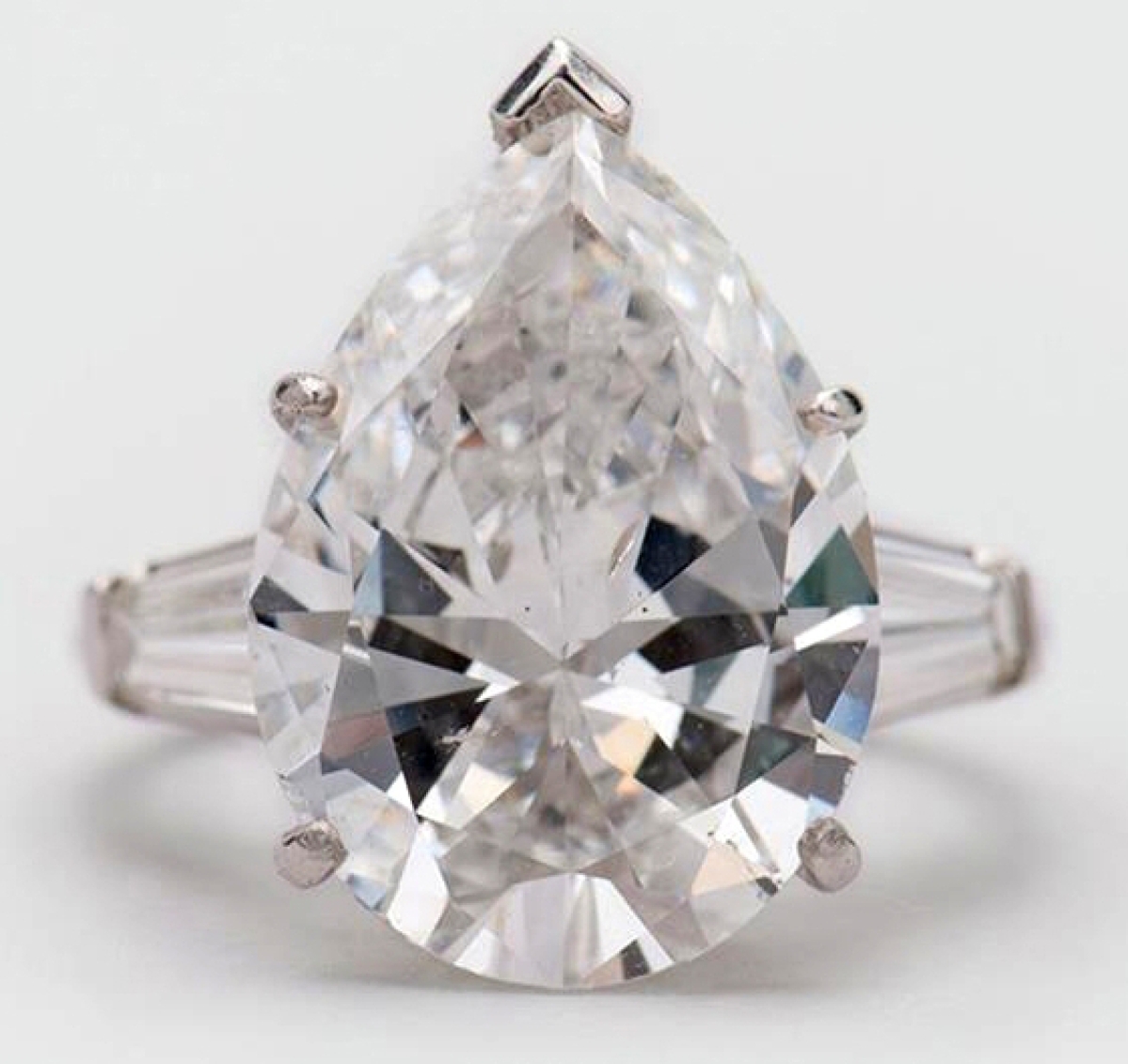
The highest price of the sale, $103,700, was achieved by this GIA-certified 9.19-carat platinum and diamond ring. It was prong-set with a pear-shape diamond, flanked by two tapered baguettes. Numerous phone bidders competed with the internet and a determined bidder in the room. Ultimately, the internet bidder was successful.
Review and Onsite Photos by Rick Russack, Additional Photos Courtesy Grogan & Company
BOSTON, MASS. – Jewelry and fine art have been doing well at Grogan & Company, and the February 4 sale continued in that vein. At this sale, a large diamond surpassed $100,000; at the October sale a painting brought more than $800,000 and an unmounted diamond exceeded $120,000; at the June sale a Chinese export plate from the Martha Washington tea service brought more than $240,000; and at the March sale a platinum and diamond necklace surpassed $256,000. It’s a family run business with a knowledgeable and helpful staff. Michael Grogan and his wife Nancy both worked for Sotheby’s in years past and each has more than 30 years experience in the business. Daughter Lucy runs the jewelry department and is the auctioneer for the jewelry portion of the sales.
In an unusual happening these days, the 112 lots of jewelry in the sale collectively exceeded the high estimate. The lots grossed $600,000 against a combined estimate of $572,000, with a sell-through rate of 93 percent. Fifty-nine lots sold within estimates and 35 exceeded their estimates.
The highlight of the sale was a platinum and diamond ring, prong set with a 9.19-carat pear-shaped diamond, flanked by two tapered baguettes weighing approximately 0.40 total carat weight. The large diamond was GIA-certified, stating that it was F color and SI (which indicates flaws that are usually invisible to the naked eye), and it sold for $103,700. There were several phone bidders, at least two in the room and at least one on the internet. It came down to a contest between one of the bidders in the room and an internet bidder, with the bidder in the room finally conceding. This ring was followed a few minutes later by a platinum, sapphire and diamond ring that brought more than 15 times its estimate, finishing at $61,000. The cushion-cut sapphire measured 8.22 by 8.04 by 5.04 mm, weighed about 3 carats and was flanked by two shield-cut diamonds. Even though four stones were missing, a platinum and diamond pendant more than doubled the estimate, selling for $51,240. It was bezel-set, with an old European-cut diamond weighing approximately 3.55 carats, flanked by two single-cut diamonds.
After the sale, Lucy Grogan discussed the results. When asked about the sapphire ring that far exceeded the estimate, she said, “The heavily abraded surface of this stone made it difficult to evaluate. Sapphires are mined in different places and those from Kashmir are the most desirable in today’s market. Many consider their color to surpass sapphires from other parts of the world. Unsure of the origin of this sapphire, I estimated it conservatively. It became clear to me once people started looking that many colored stone experts considered it to be a Kashmir stone. The possibility of discovering an undocumented Kashmir sapphire accounted for it doing so well.” She was also asked about the results, in total, exceeding the high estimate. “Nearly all of the jewelry we sell comes from private sources and, in many cases, it’s been in a family’s safe deposit box for generations. Not only does this make the jewelry more appealing to buyers, but it also allows me to offer it to the market with estimates that engage bidders. Our auction results prove time and again that invitational estimates lead to strong selling prices.”
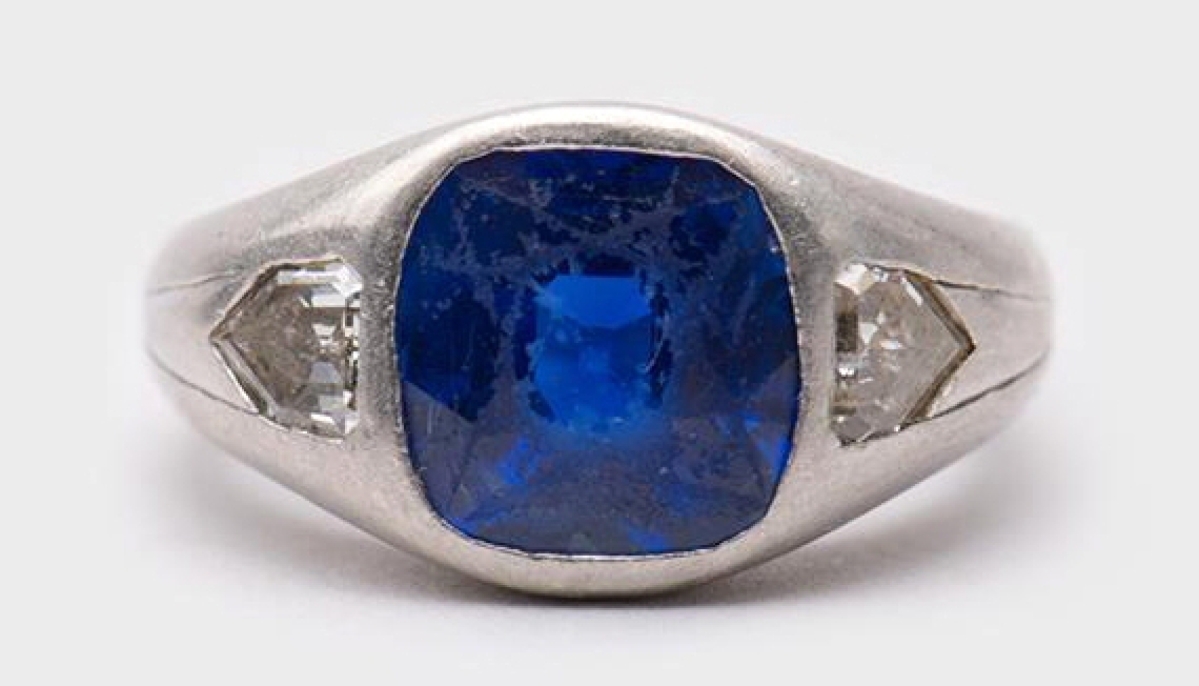
Perhaps the biggest surprise of the day was this platinum, sapphire and diamond ring. Buyers decided that it was of the finest type, a Kashmir sapphire, and previously undocumented. Kashmir sapphires are considered to have the best coloring, and this ring realized $61,000, far exceeding the estimate.
The sale included a strong selection of fine and decorative arts, including clocks, Russian enamel, Iznik pottery and silver. A 21-1/2 inch bronze figure of a mounted Indian, “On The Warpath,” by Cyrus Dallin (American, 1861-1944) achieved $24,400. He is best known today for his works depicting American Indians and his major, life-sized work, “Appeal To The Great Spirit,” that stands at the entrance to Boston’s Museum of Fine Arts. Dallin’s statue of Massassoit, the Indian chief who shared the first Thanksgiving with the Pilgrims, stands on Coles Hill in Plymouth, Mass. A portrait of a young girl attributed to Jean Antoine Watteau (French, 1684-1721), estimated at $5,000, realized $18,300. It had an old, handwritten label on the back that indicated that it had once been in a British collection, which “was famous for its collection of Turners.” Another British painting, attributed to Thomas Gainsborough (British, 1727-1788), had a typed label on the back indicating that it had been sold by Christie’s in 1798, which is plausible since Christie’s was founded in 1766. The painting was a mellow landscape with a copse of trees and it sold over estimate at $9,150.
A selection of marine paintings came from a Duxbury, Mass., collection. A particularly impressive, 45-by-69-inch portrait of a four-masted sailing ship The Frederick Billings, attributed to Edouard Adam (French, 1847-1929) went for $7,930 to a collector in the room. The text at the bottom of the painting indicated that it had been built in 1885 by the Carleton, Norwood shipyard in Rockport, Maine. The ship burned in 1893 while in Caleta Buena harbor. An attractive beachfront scene by John Amory Codman (American, 1824-1886), “Nahant Eggrock From Lynn Shore,” was sought by several bidders, eventually going to a phone bidder for $14,640. As the bidding was progressing, Michael Grogan commented that folks “like local scenes.” That’s probably correct, but when Grogan sold the same painting in June 2014, it brought less – $4,200. A coastal watercolor depicting a beach and the ocean under a grey sky by Alfred Thomas Bricher (American, 1837-1908) achieved $2,196. The sale included etchings and aquatints by Picasso, topped by a color aquatint of Bathsheba, which made a final price of $6,100. A 7-1/2 inch ceramic plaque by Picasso, “Profil De Jacquline,” from an edition of 500 brought the same price.
From the Duxbury consignment came some American clocks that did nicely. Finishing at $14,640 was a Lighthouse clock attributed to Simon Willard and a Federal inlaid mahogany tall case clock by New Jersey maker Joakim Hill. The case had been refinished and it was inscribed on the seat board, “Joakim Hill, No. 77, January 14, 1811.” It had an eight-day time-and-strike movement, a painted moon phase iron dial with original paint, a second hand and calendar. The Willard Lighthouse clock had a rocking ship finial above the painted dial, and it was cataloged as possibly having a replaced, but of the period, dome.
Iznik pottery was made in Turkey from the late Fifteenth Century to about the end of the Seventeenth Century. Grogan had about 14 lots, all from one collection that had been assembled by a Boston couple. Many of the early designs on Iznik pottery were influenced by Chinese ceramics, in association with traditional Ottoman arabesque designs. The Ottoman sultans used Iznik pottery tiles to decorate their mosques, and three tiles were included in this collection. Each sold to the same phone bidder, who paid $3,050 for each of the two polychrome tiles and $1,952 for a blue and white example. Each was a little over 11 inches square. The top lot, earning $17,080, was an 11-5/8-inch polychrome plate depicting a central seated figure surrounded by floral sprigs, with a decorated border. It was cataloged as possibly Seventeenth Century. Prices of this type of pottery vary widely, depending on age, condition and design. Most often, pieces have small edge chips, similar to those found on delft, and many pieces have been repaired over the years. Most of the pieces Grogan sold exceeded their estimates, with another polychrome decorated plate, about the same size, with a central flower head surrounded by floral petals, finishing at $13,420.
Nine lots of Russian enamel were topped by a silver-gilt and cloisonné enamel kovsh, with cabochon garnet decoration. The Cyrillic makers’ mark indicated that it had been made by Feodor Ruckert, Moscow. It brought $3,050, and finishing just behind it, at $2,745, was a silver-gilt and cloisonné enamel egg made by Fedorovich Kurliukov. One hundred and seven pieces of Tiffany flatware, of varying patterns, weighing a total of 171 ounces, led the silver offerings, finishing at $6,710. A Georg Jensen oblong silver tray with the mark of Johan Rohde sold for $5,185. Rohde was one Jensen’s earliest designers, forming an association that started in 1906 and lasted into the 1930s.
“We had a good, solid sale with a good average per lot,” Michael Grogan said after the sale. “We had a good retail crowd and several of the more expensive jewelry pieces went to retail buyers, including the two rings that did well. I think we did well with the clocks, and the Iznik pottery was a pleasant surprise. We’re being selective in what we’re accepting for sale and we’re fortunate that we can be choosy. All in all, it was a strong sale and we’re quite pleased.”
All prices reported include the buyer’s premium. For information, www.groganco.com or 617-720-2020.

